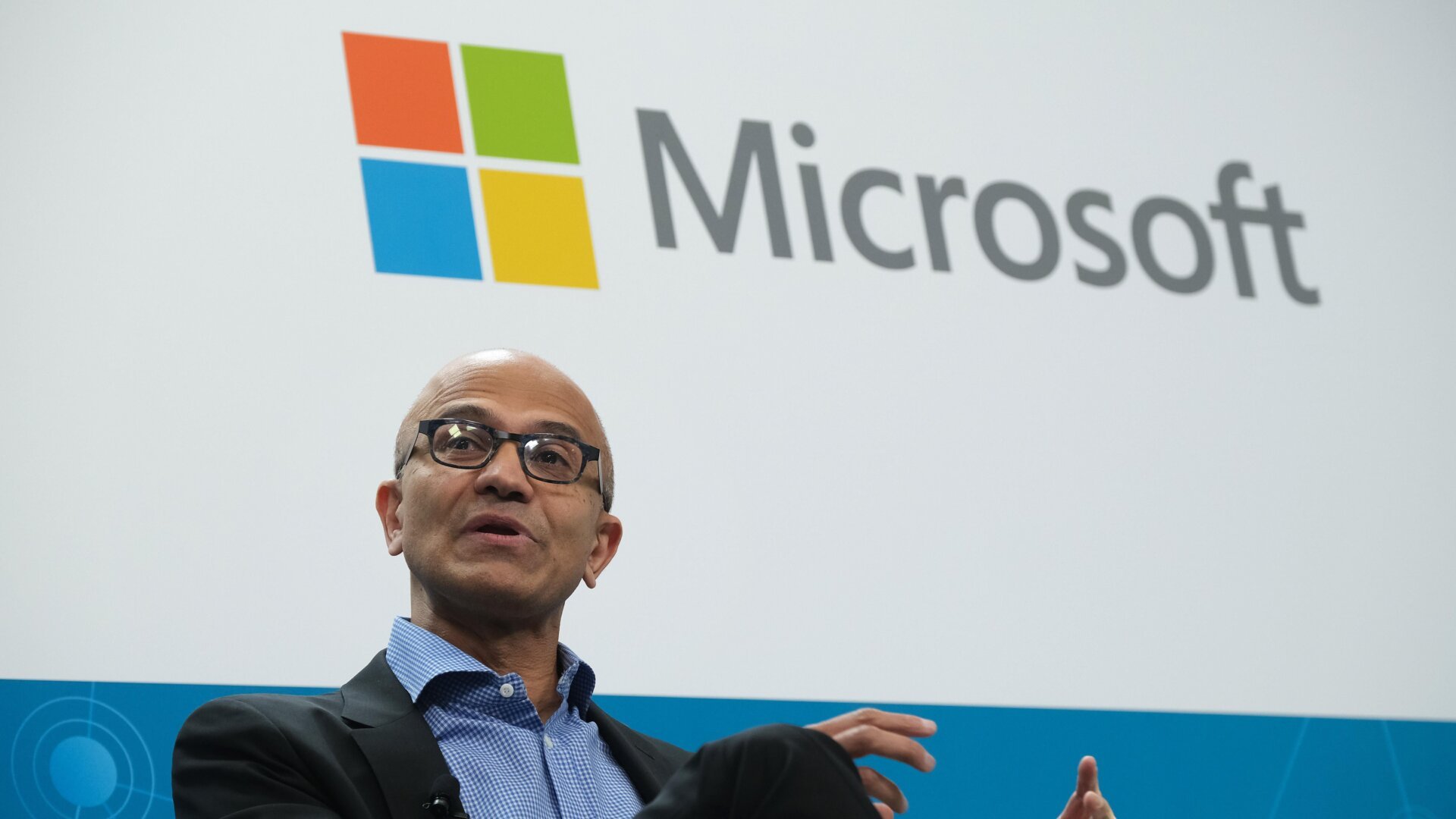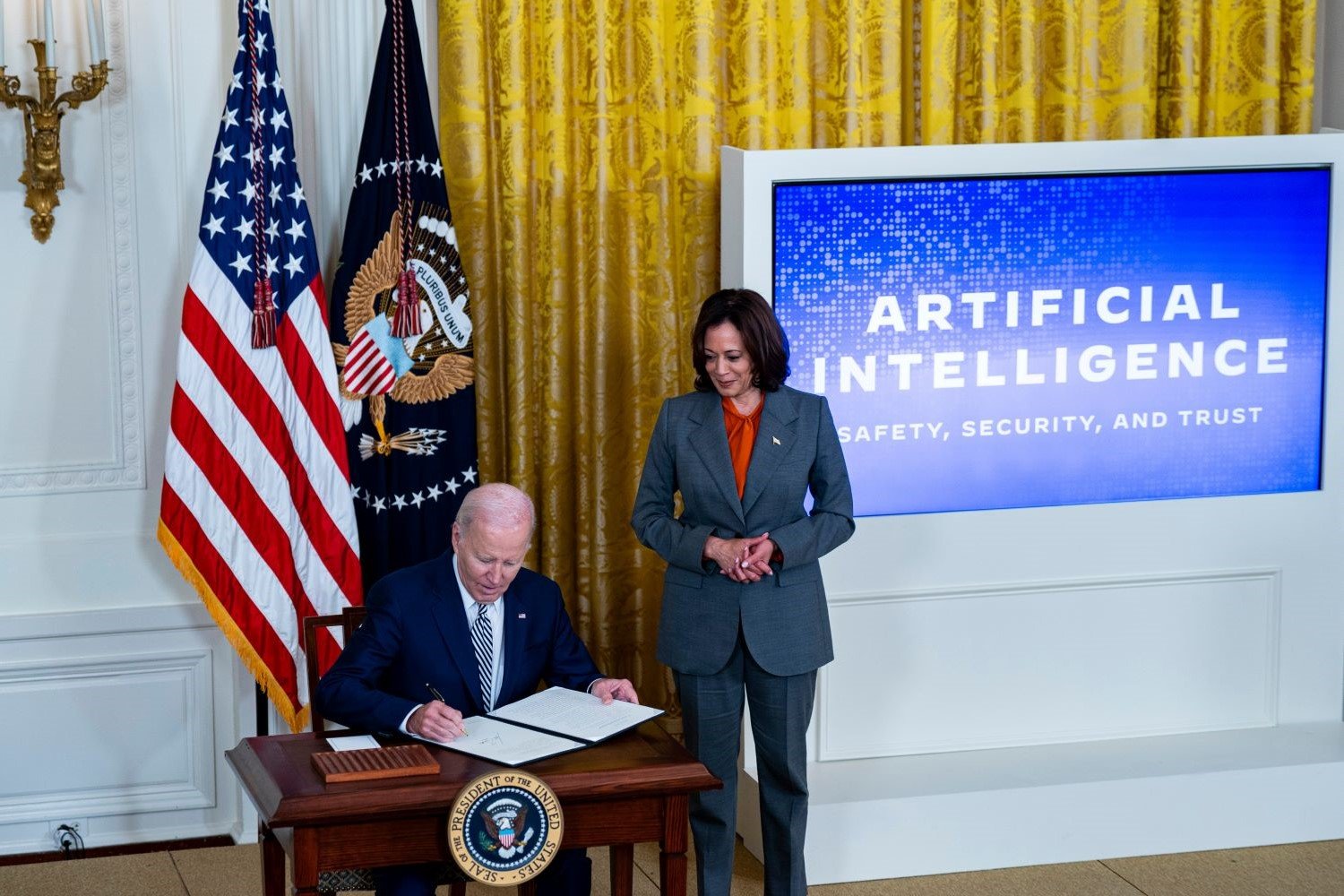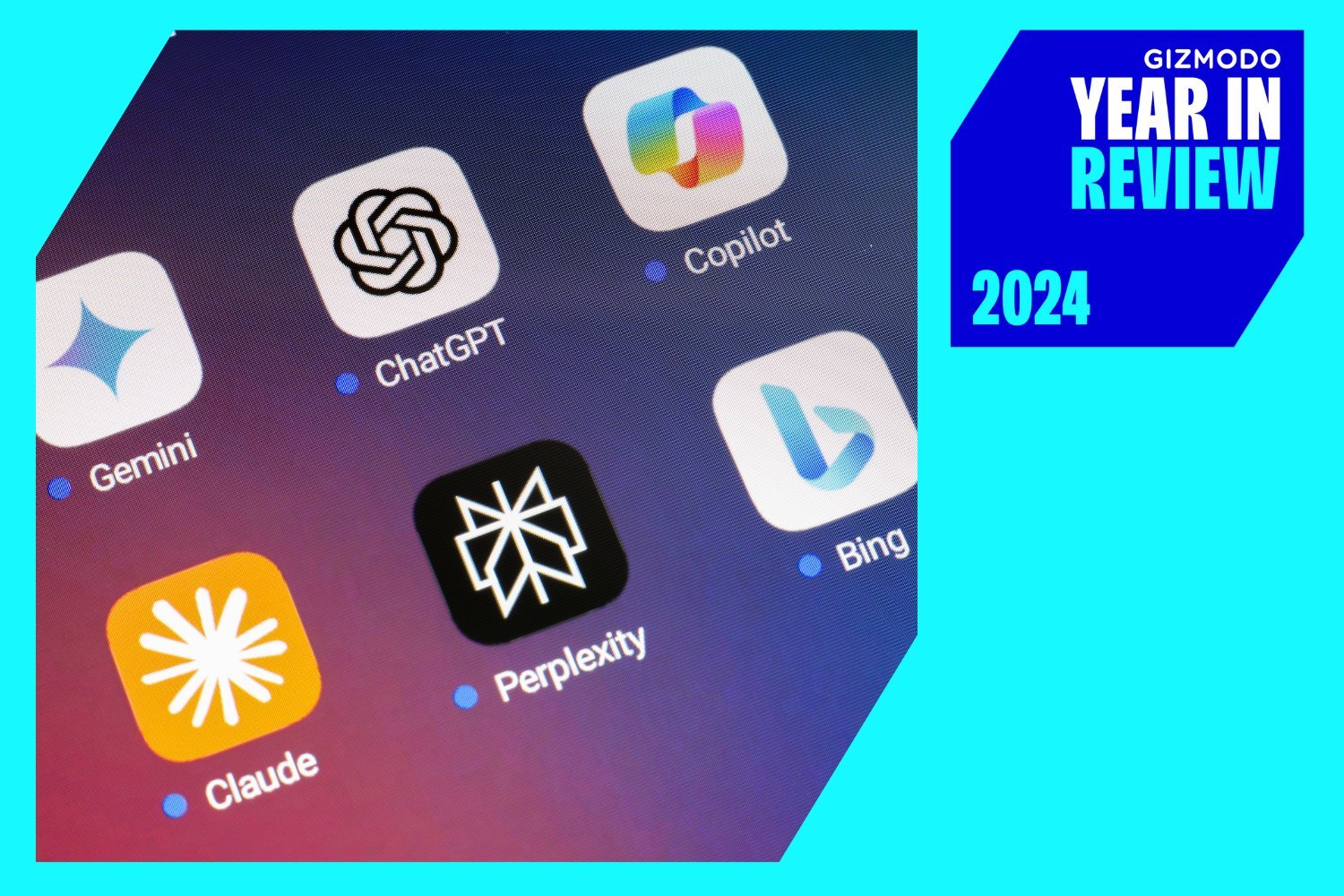Microsoft and OpenAI’s partnership, fueled by billions in investment, has granted Microsoft early access to cutting-edge AI models like GPT-4, now integrated into Microsoft 365 Copilot. However, Reuters reports that Microsoft is seeking to incorporate alternative AI models into its Copilot product, potentially diverging from its reliance on OpenAI.
This strategic shift stems from concerns regarding GPT-4’s cost and speed, particularly for enterprise clients. Copilot 365, an AI assistant embedded in Microsoft’s productivity suite (Word, PowerPoint, etc.), aims to consolidate company data, enabling tasks like rapid information retrieval, profitability analysis, and meeting summarization.
Copilot’s Current Challenges: Cost and Performance
While promising, Copilot 365, with its $30 monthly per-user price tag, has faced criticism. Internal sources, cited by Business Insider, describe the tools as “terrible” and “gimmicky,” claiming a 75% failure rate. A Gartner survey of 123 IT leaders, also referenced by Business Insider, revealed that only four respondents found significant value in Copilot. Although some companies have found success using LLMs, particularly in customer support simplification, data reformatting is often necessary for optimal bot performance. Cost remains a significant concern for many Copilot users.
Exploring Alternative AI Models
OpenAI’s ChatGPT, a general-purpose model trained on massive datasets, can be expensive and computationally intensive. This is why “lite” versions are often offered, providing less demanding inference capabilities. Microsoft has been developing its own smaller models, like Phi-4. Reuters suggests that Microsoft is exploring the customization of other open-weight models to enhance Copilot’s speed and efficiency.
Reducing Reliance on OpenAI: A Strategic Move?
Microsoft’s move to diversify its AI model portfolio seems logical, especially considering the potential transformative impact of AI on computing. Relying solely on an external company for such a core technology might be strategically disadvantageous.
Balancing Investment and Innovation
Despite investing billions in OpenAI (with a 75% profit share until breaking even and continued equity stake), Microsoft appears to be hedging its bets. Developing in-house models while maintaining a stake in OpenAI allows Microsoft to benefit from both internal innovation and OpenAI’s potential future breakthroughs.
The Future of AI: An Open Race
While OpenAI currently leads the AI field, skeptics argue that the true winner remains undetermined. The emergence of Google in the early days of search engines serves as a reminder that late entrants can disrupt established players. Microsoft’s diversification strategy appears to be a prudent approach in this evolving landscape.
Conclusion: A Multifaceted Approach to AI
Microsoft’s exploration of alternative AI models for 365 Copilot highlights the dynamic nature of the AI industry. Balancing cost-effectiveness, performance, and strategic independence, Microsoft is positioning itself for the future of AI, ensuring it remains competitive regardless of which company ultimately dominates the field. By diversifying its AI portfolio, Microsoft aims to provide optimal solutions for its enterprise clients, balancing the benefits of OpenAI’s cutting-edge technology with the flexibility and control offered by in-house and customized models.











